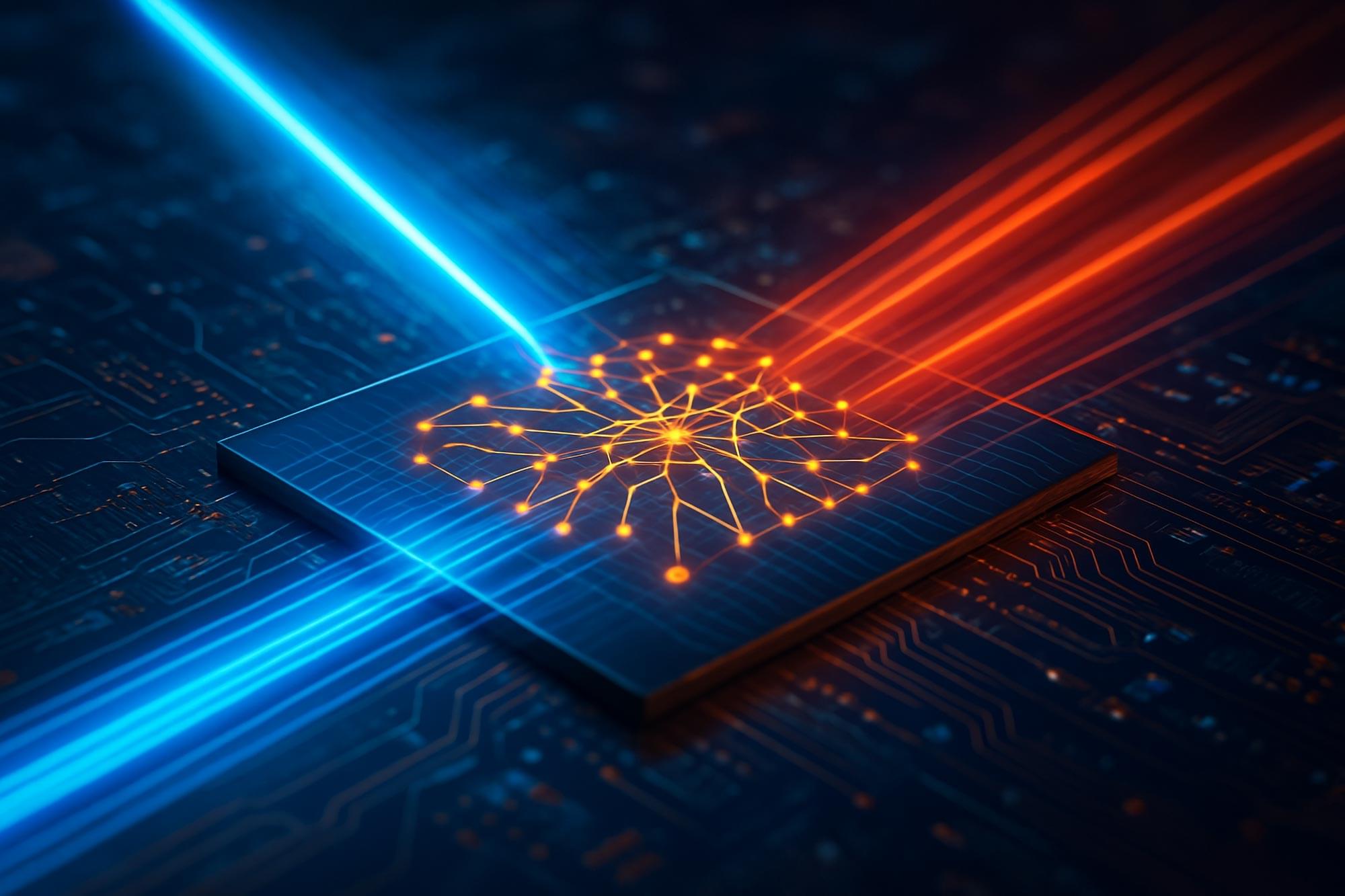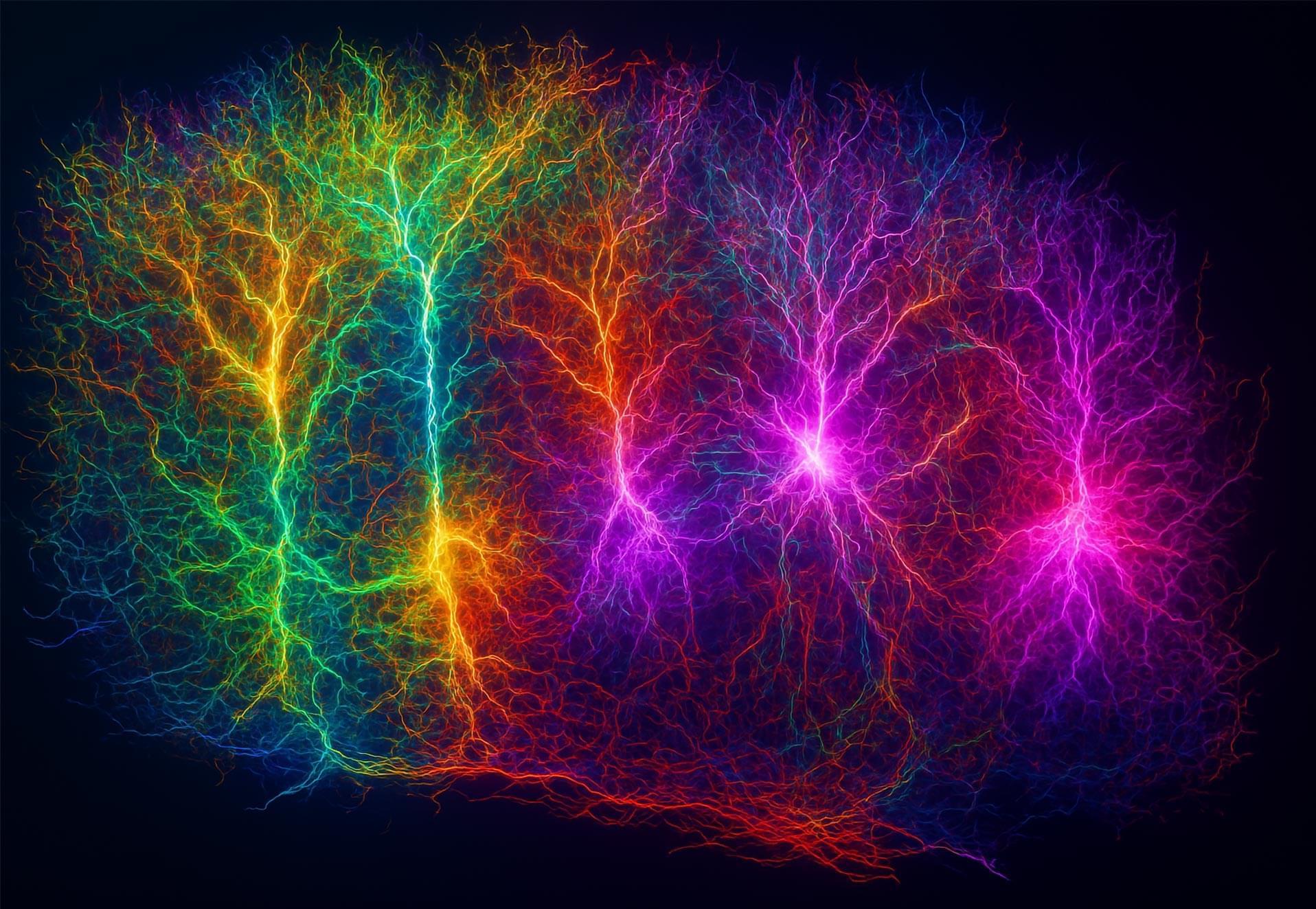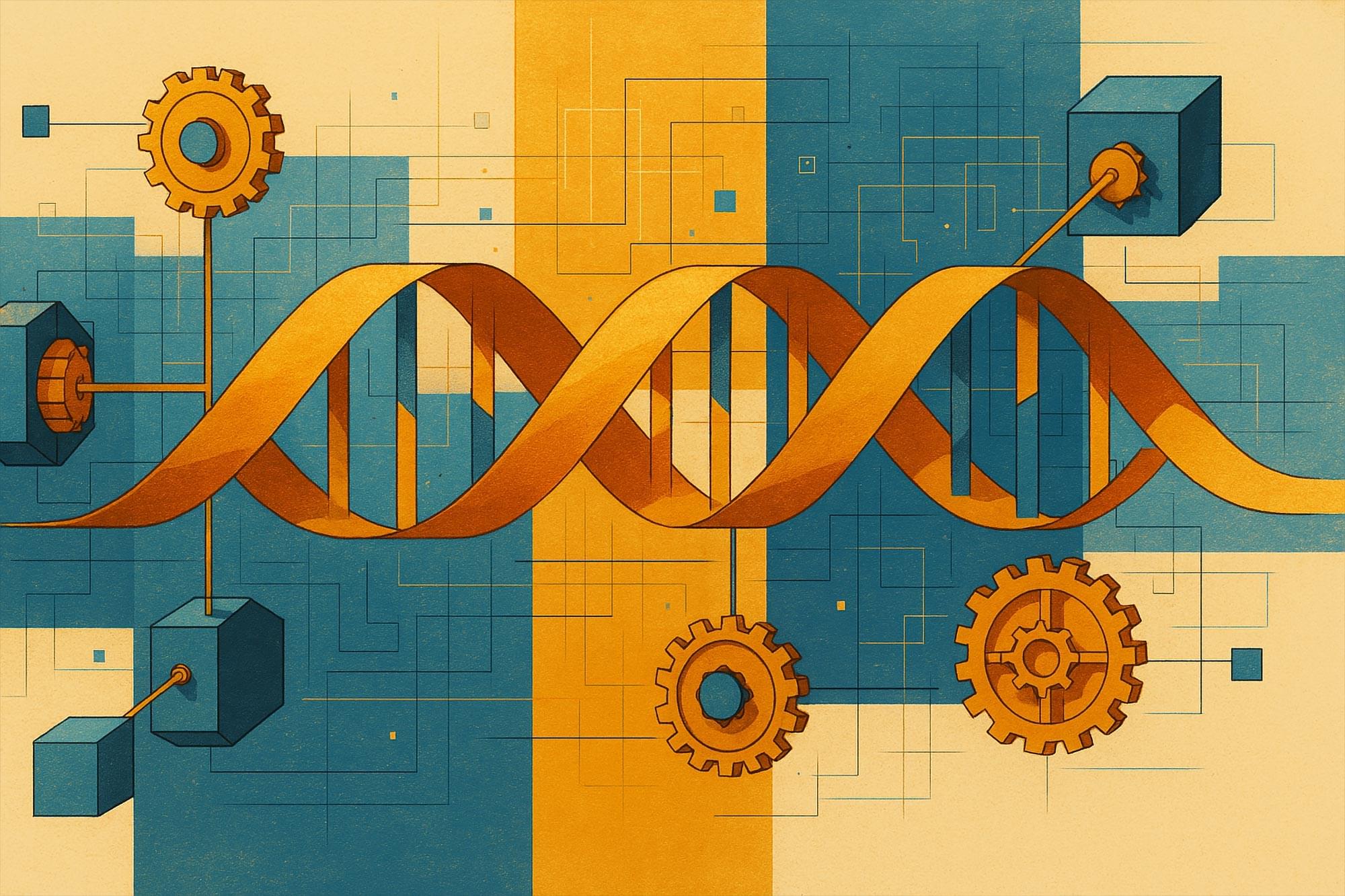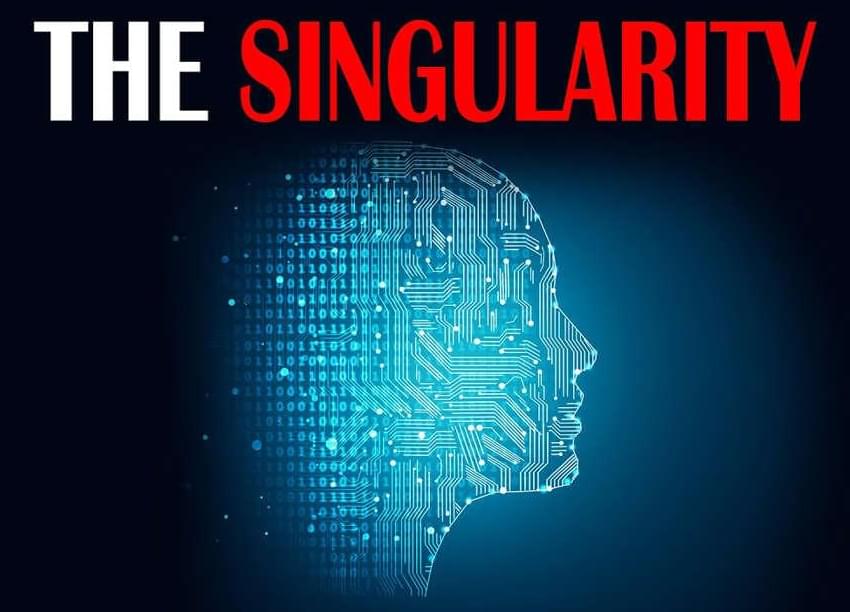What if doing your chores were as easy as flipping a switch? In this talk and live demo, roboticist and founder of 1X Bernt Børnich introduces NEO, a humanoid robot designed to help you out around the house. Watch as NEO shows off its ability to vacuum, water plants and keep you company, while Børnich tells the story of its development — and shares a vision for robot helpers that could free up your time to focus on what truly matters. (Recorded at TED2025 on April 8, 2025)
If you love watching TED Talks like this one, become a TED Member to support our mission of spreading ideas: https://ted.com/membership.
Follow TED!
X: / tedtalks.
Instagram: / ted.
Facebook: / ted.
LinkedIn: / ted-conferences.
TikTok: / tedtoks.
The TED Talks channel features talks, performances and original series from the world’s leading thinkers and doers. Subscribe to our channel for videos on Technology, Entertainment and Design — plus science, business, global issues, the arts and more. Visit https://TED.com to get our entire library of TED Talks, transcripts, translations, personalized talk recommendations and more.
Watch more: https://go.ted.com/berntbornich.





